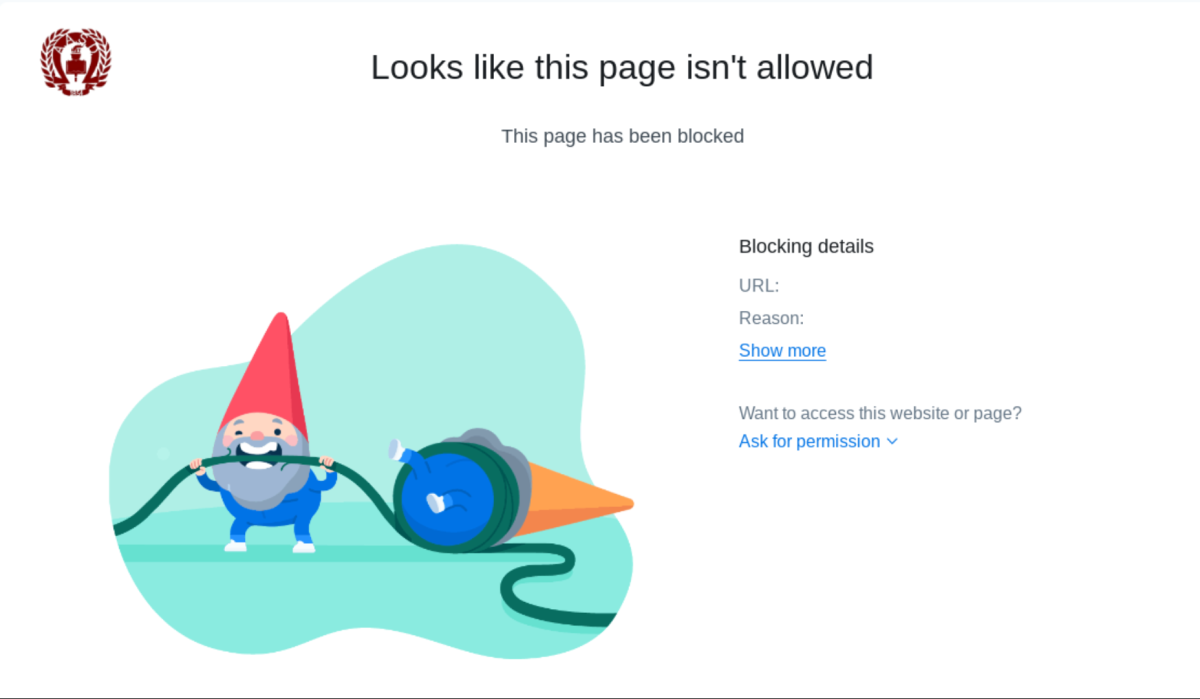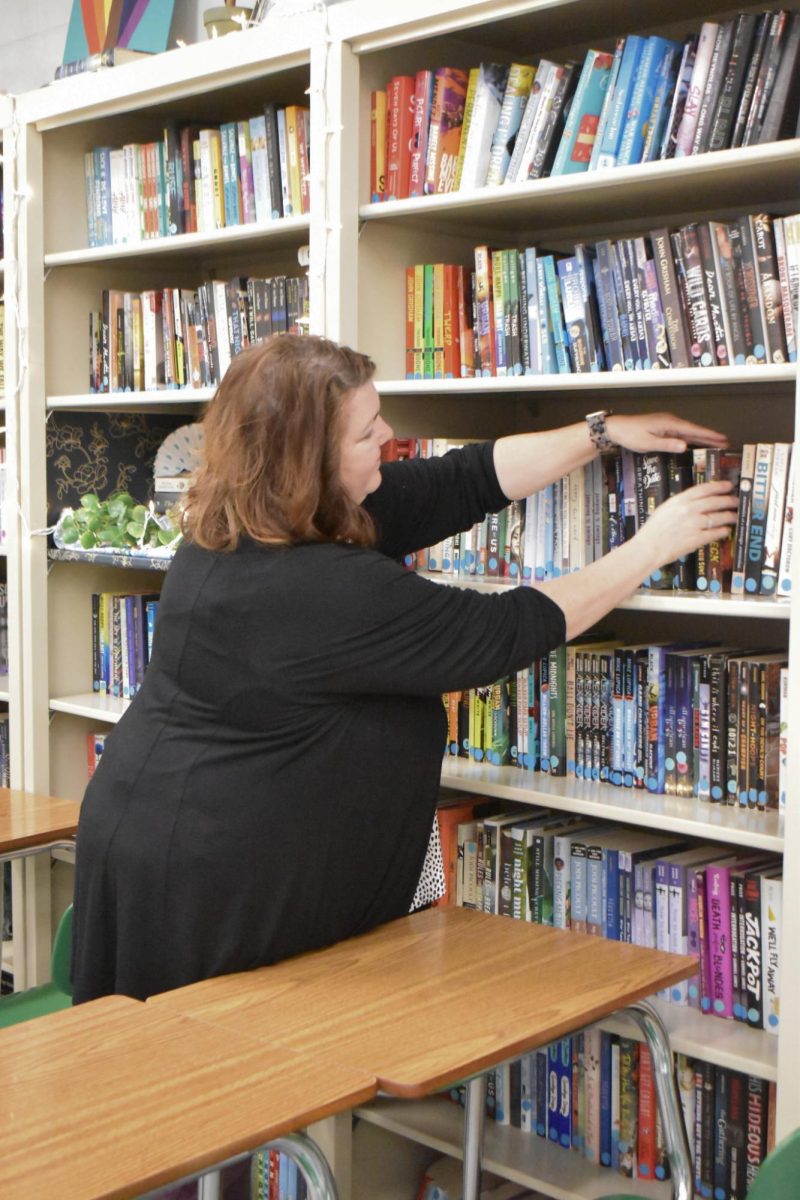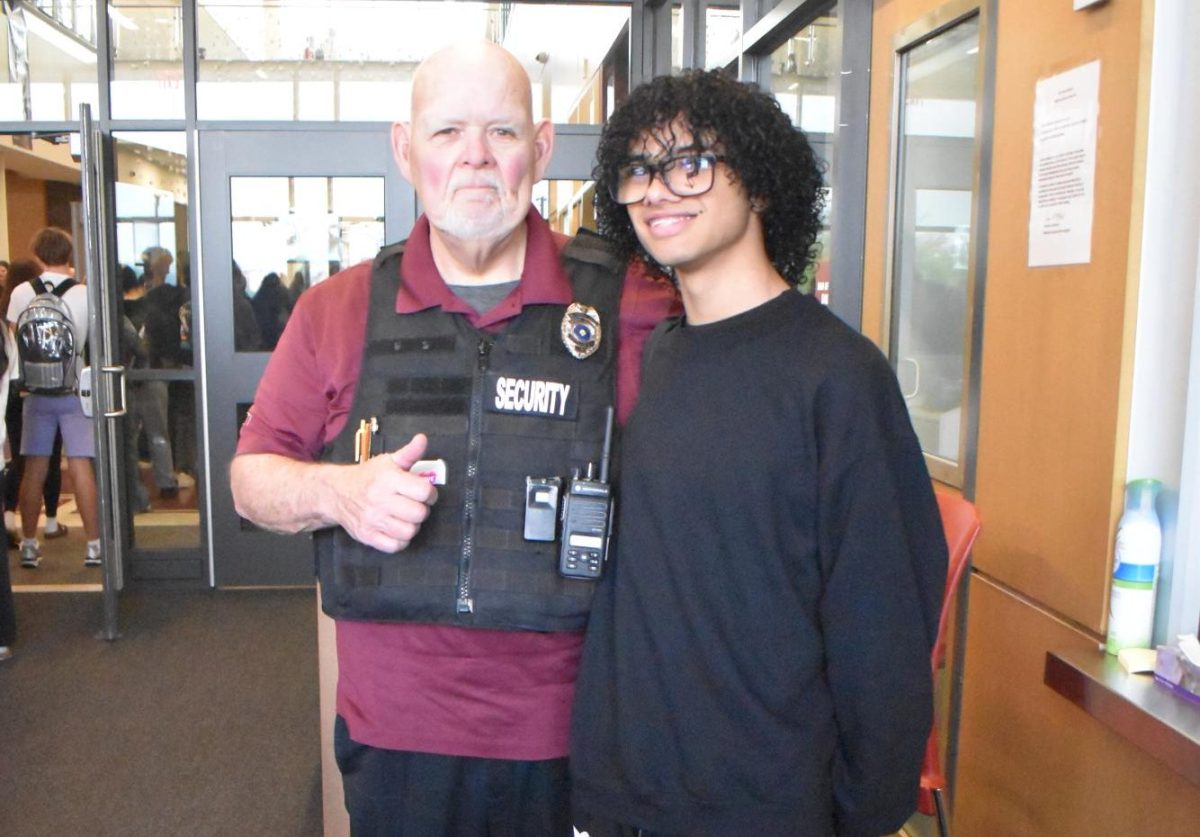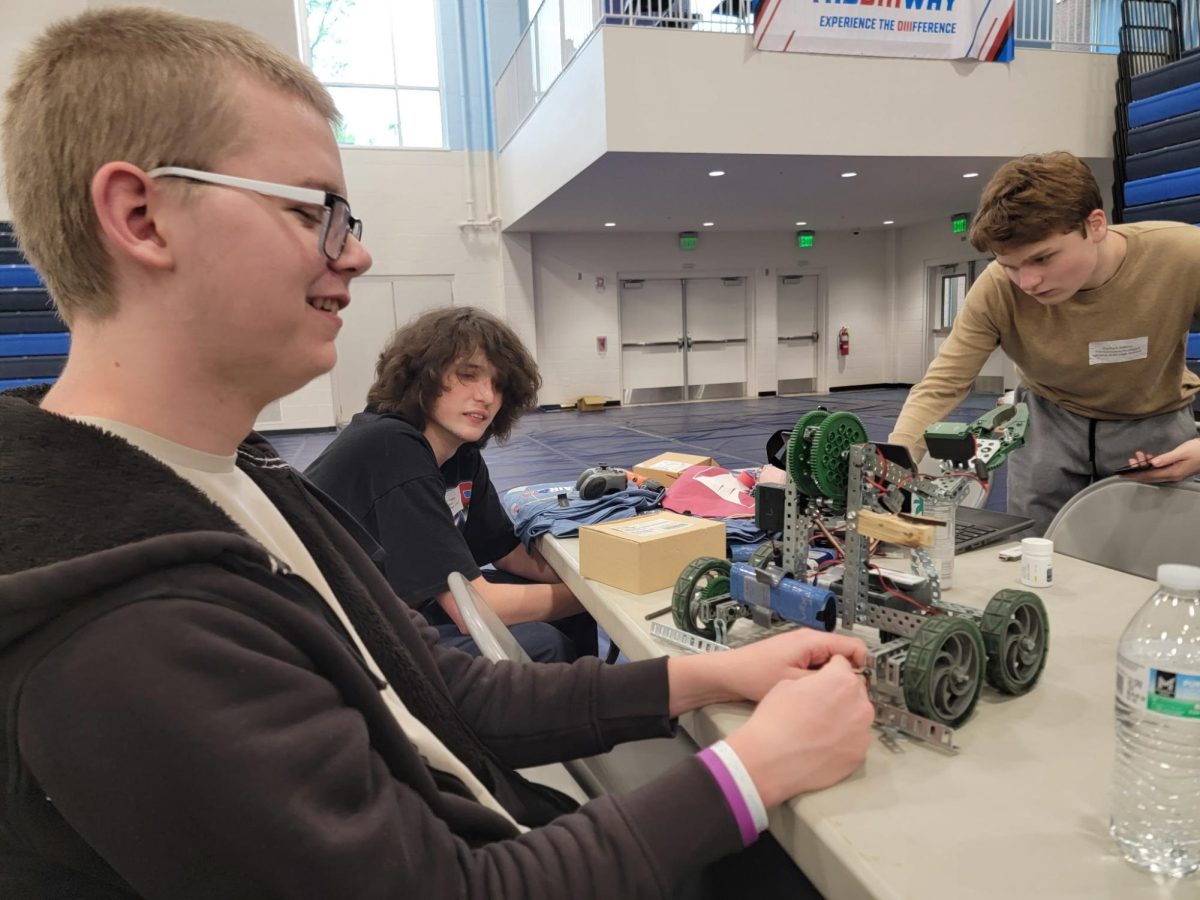Almost every student knows the feeling of trying to open a website, only to find out that it has been blocked.
Whether trying to access a site to do research for a paper, trying to look up a favorite song on YouTube or trying to open a game to pass free time, most students have found themselves looking at a screen with the message: “Looks like this page isn’t allowed.” Most students have probably also stopped to wonder why sites have been banned and who gets to make those decisions.
The Child Information Protection Act, or CIPA, is a federal act that helps prevent children from accessing any material that could be harmful to them. The CIPA committee is a group within the school district that consists of principals and some higher administration, like the superintendent and assistant superintendents. The committee is led by tech director Bryce Cossitor.
The CIPA committee is responsible for making sure students don’t have access to inappropriate or potentially dangerous websites.
“Obvious inappropriate sites would have to do with anything that was pornographic in nature or things about weapons and violence that could be considered not appropriate to be looking at,” Cossitor said.
Students may not realize that potentially dangerous sites are not only sites with inappropriate content. Some websites could be potentially damaging to individual computers and even the school’s network.
“There are lots of websites that are dangerous in terms of being able to do damage to your network,” Cossitor said. “We’re looking at the potential of viruses and things that are possibly loaded from particular websites, and we’re looking at it from the terms of network stability and whether or not those sites might provide a problem that would actually slow down the network to the point where nobody could use it.”
Websites can also be blocked if they are deemed not appropriate for use within the school.
“Those [not appropriate sites]would be game sites, social media sites and multimedia sites,” Cossitor said. “A lot of those are blocked because they’re not required for the curriculum here in the school district. So, the basic law states that we must abide by filtering those sites that we feel are inappropriate in the school setting.”
Because the Chromebooks are paid for by the government and provided by the school district, the same guidelines must be followed when they are used at home.
“If you’re using any device, whether it’s on school property or not, it’s to maintain the same filterage,” Cossitor said. “That’s why, even when you’re at home, you’ll get Securly pop ups that will say, ‘yeah, you can’t go to those sites.’”
When a student tries to visit a site that has been blocked, the screen they are redirected to gives them the option to ‘ask for permission.’ When a student uses this option, they are redirected to a Google Form where they can submit a request to have the site unblocked.
“Once that’s submitted it goes to the entire CIPA committee, and everyone on that committee can weigh in on whether or not they feel it should be opened or not,” Cossitor said. “Sometimes we open them because the filtering does it by category, and sometimes the filtering will filter something that, once we see how it will be used, the decision will be made that, ‘yeah, there’s nothing wrong with that being open.’ But, if it’s a ‘this is a games site, there’s nothing wrong with playing a game if I have free time, right?’ Those are usually going to be denied because we can’t just open game sites and have them open to everybody.”
Sometimes, when unblocking a site, compromises have to be made.
“We used to have YouTube totally blocked,” Cossitor said. “That was a compromise that was made because we found a way, using our Google logins to block certain YouTube content that was not considered appropriate educationally speaking. So, the bottom line is, there’s a lot of material on YouTube that is valuable, and it can be used in the classroom by students and teachers alike. That was one that was a compromise over time. We found a way that we could block part of YouTube that wasn’t appropriate stuff, and with Google’s help.”
Blocks put on sites are district-wide, affecting students and staff throughout schools K-12.
“If you open something for some students, it’s open for all students,” Cossitor said. “Use that as a lens when you’re thinking: ‘What’s so bad about this site?’ Maybe for a third grader, it is really inappropriate material.”










Nakai • Nov 15, 2023 at 12:46 pm
I JUST WANT TO WATCH A VIDEO THAT MY TEACHER ASSIGNED ME